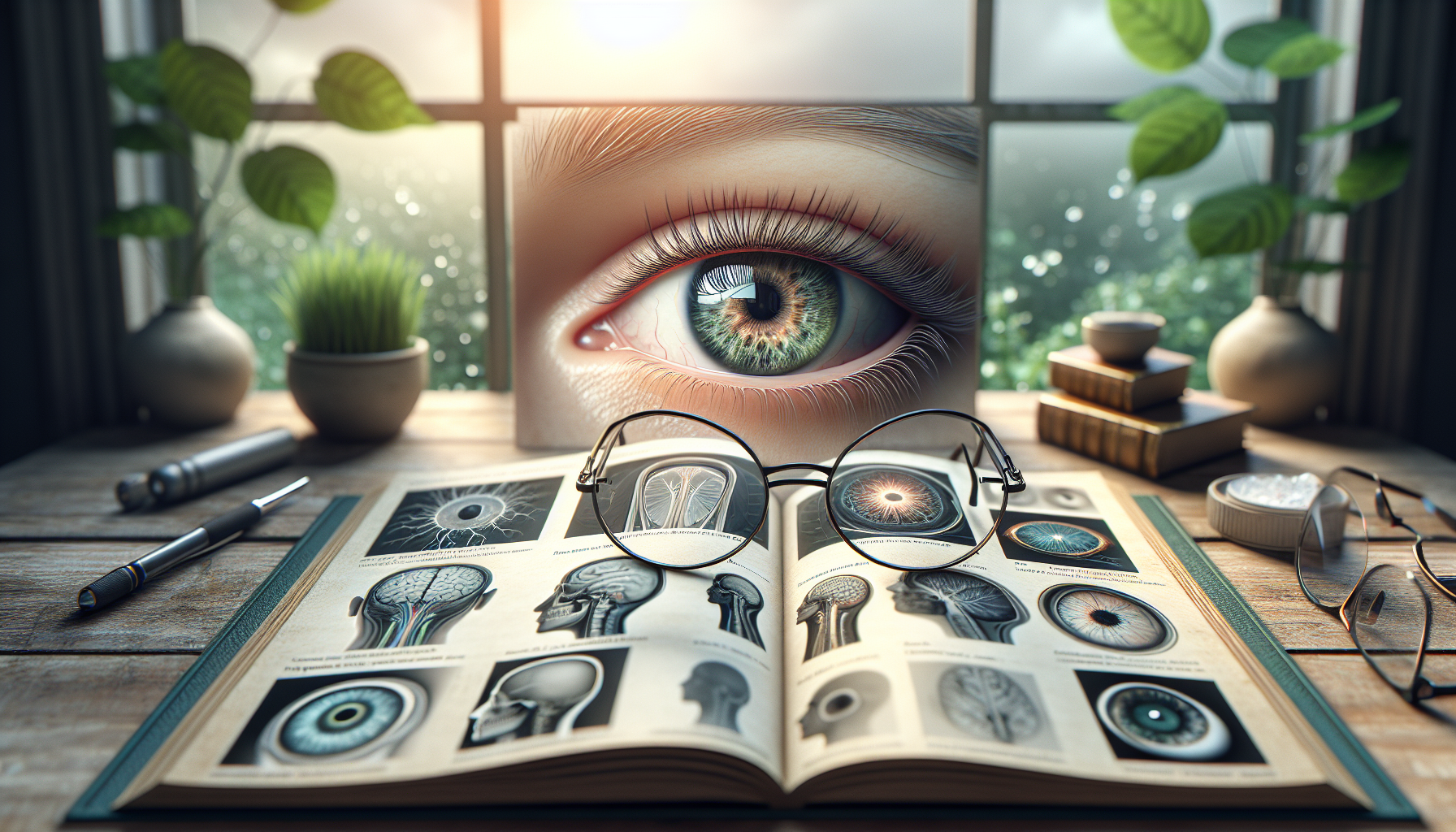Experiencing a headache is a common occurrence, but when the pain manifests behind your eyes, it can be particularly disruptive. If you encounter such discomfort frequently or even daily, it could be indicative of a more serious underlying condition. If your headaches have forced you to alter your daily routine, it is essential to consult your doctor. Your general practitioner will evaluate your condition and prescribe appropriate treatment based on the triggers, symptoms, and location of your headaches.
What Does ‘Headache Behind Eyes’ Mean?
A headache behind the eyes can be a sign of various conditions, including a sinus infection (sinusitis), a cluster headache, a tension headache, a migraine, or eye strain. This type of headache can be felt behind the right eye, the left eye, or both eyes.
Stress or tension often triggers headache symptoms. While some headaches dissipate with an over-the-counter painkiller, others, like migraines, may be too severe to continue with your daily activities or leisure time. Regular occurrences of such issues could suggest a more serious condition, warranting a doctor’s consultation.
Potential Causes of a Headache Behind the Eyes
There could be numerous causes for a headache behind your eyes, and it might take some time and analysis to understand what precisely triggers it. To identify the origin of your headache, consider the nature of the pain you are experiencing.
For instance, migraines are typically characterized by extreme pain behind the eyes. If you suffer from migraines, your triggers may differ from those of others with the same condition. Common triggers include stress, anxiety, changes in hormones, poor posture or diet, certain medications, and environmental stimuli. Migraines often come with accompanying symptoms such as nausea, weakness, tension in the head, and mood changes.
Tension headaches often arise after prolonged periods of concentrated activities, such as driving or screen time. Cold weather can also trigger these headaches, which can come with muscle contractions in the head or neck.
Cluster headaches, more common in men, occur in cycles, but their cause is unknown except for potential genetic factors. These types of headaches can cause severe pain.
Sinus headaches typically occur during allergy seasons or when you have an allergy flare-up. Their symptoms often mirror those of migraines and cluster headaches, leading to misdiagnoses.
Other triggers for pain behind your eyes can include lack of sleep, hunger, alcohol consumption, smoking, strong odors, bright lights, stress, hormonal changes, and illnesses or infections.
Symptoms of Headaches Behind the Eyes
The symptoms that accompany headaches behind your eyes vary with the type of headache you experience. Different kinds of headaches can produce similar types of pain, making it challenging for doctors to diagnose without detailed information about your lifestyle. To identify which headaches you experience, observe the specific symptoms associated with each one.
Risk Factors for a Headache Behind the Eyes
Headache pain often accompanies other factors, whether they are underlying conditions or lifestyle factors. Conditions like thyroid and eye problems, such as glaucoma, can increase your risk of experiencing pain behind your eyes.
Furthermore, individuals with sinusitis and allergies, which affect the area around your eyes, may experience more headaches. Regular exposure to computer screens can also cause more headaches. Ignoring treatment for a headache can lead to its aggravation or even chronicity. Frequent headaches could also point to an untreated autoimmune disorder like scleritis.
Preventing Headaches Behind the Eyes
To prevent headache pain, it is crucial to be aware of your triggers. If you have a chronic or autoimmune disease, seek treatment to reduce the number of pain days. If lifestyle factors cause pain behind your eyes, consider making changes such as limiting or avoiding caffeine, alcohol, and processed foods, quitting smoking, exercising regularly, taking time to destress, and taking regular breaks from screens.
Diagnosis of Headache Types
If you frequently experience pain behind your eyes, it is essential to seek medical advice. There are no specific tests to determine the type of headache you have. Instead, your doctor will diagnose you based on the pain’s placement, severity, and possible causes. They may also run tests to check for underlying conditions.
Treatment of Headaches Behind the Eyes
Not every headache behind your eye necessitates a visit to the doctor. You can often manage them at home with remedies such as ice packs, changes in your diet, exercise, reducing or eliminating alcohol and smoking, and over-the-counter pain medication for mild or moderate pain.
Conclusion
Pain behind your eyes can come with various symptoms. While most can be managed with painkillers or rest, some cases require further treatment. Diagnosing the cause of a headache can be challenging, but if you experience severe or chronic pain, it is important to consult your doctor.

Comments are closed for this post.